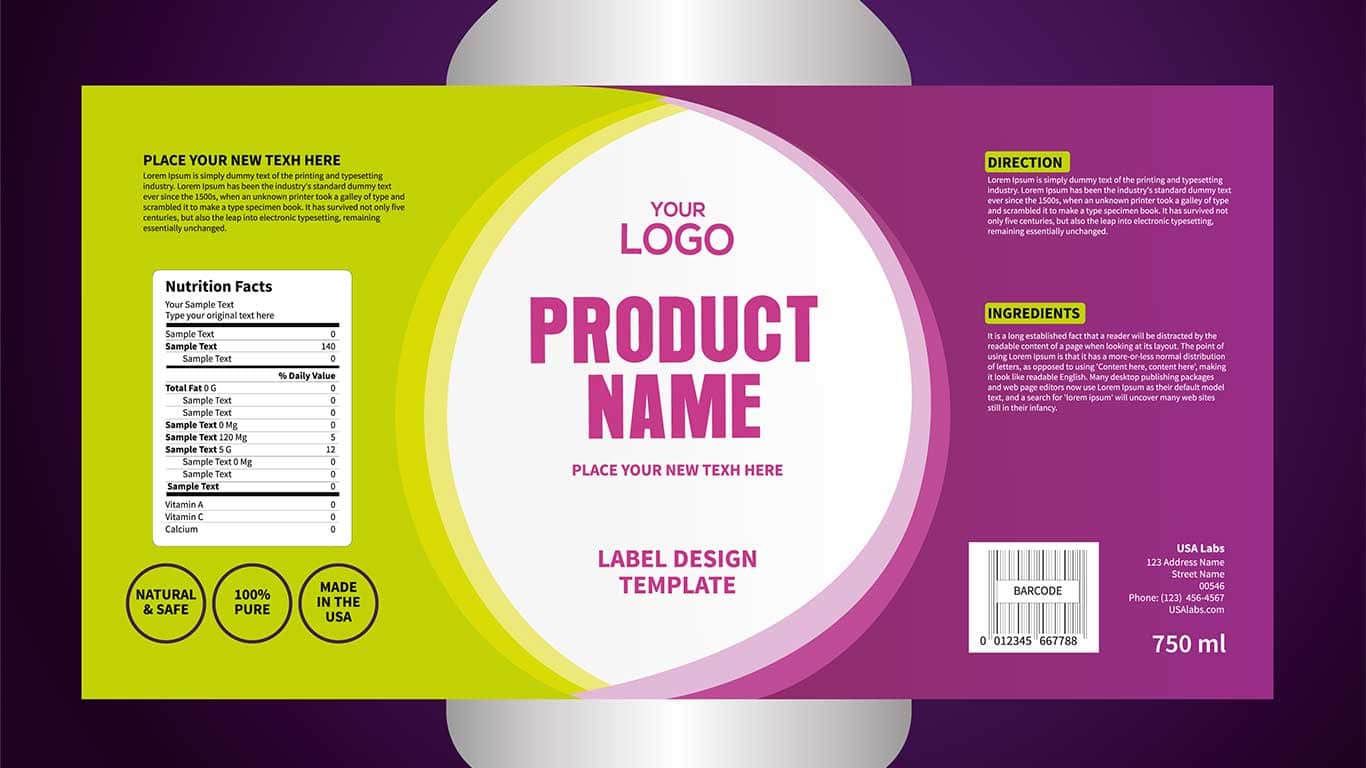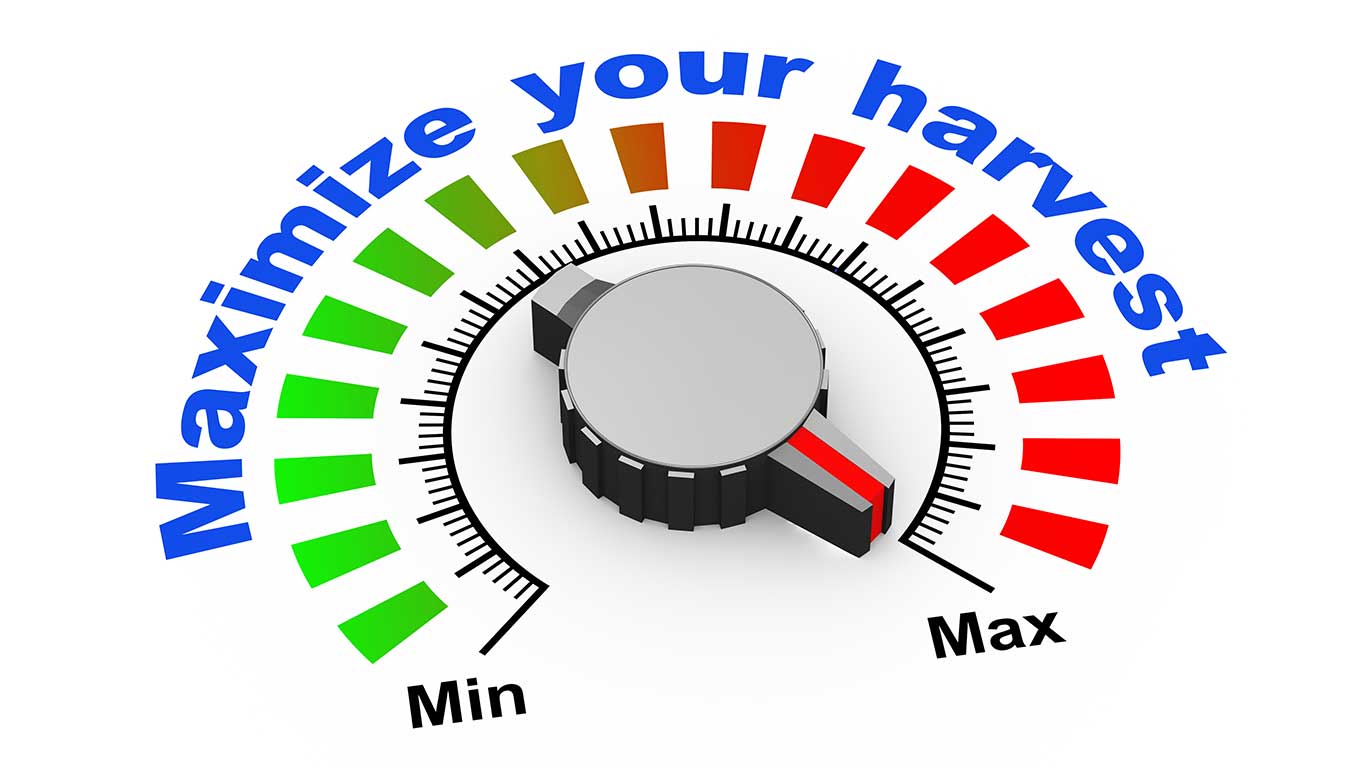With any product, packaging is important. It encloses the product and keeps it safe, it lists the informative details in regards to the product, and perhaps most importantly, it is the first thing your customers see and engage with.
Not only does it serve as an opportunity for companies to market their products upon customers’ first glance, it also fulfills the legal requirements by providing necessary food labels and nutritional information.
Free Whitepaper
Product Lifecycle Management: Learn how to drive innovation, reduce costs and risks and eventually gain a competitive advantage.
Different departments have their opinions on how to best design the packaging of their products; approaches and ideas may clash, presenting different challenges for the production process of a package.
How can companies overcome this? With a product lifecycle management (PLM) system, of course.
What’s the scenario?
Imagine that you are a pasta manufacturer and you wish to develop a new package for your penne. Your marketing team prioritizes the design of the package: “Which font should we use? How can we incorporate our brand colors? Which tagline will be the most enticing?” Your production team will be concerned with the actual properties of the package: “Which material will best preserve our food? What are this package’s dimensions?”
Both departments need to answer these questions to meet their team’s specific needs, while also trying to juggle how they can incorporate the required legal information/labelling. Communication is necessary for these departments, as well as successful package management via tracking its process through the production chain.
Automated PLM
To ensure the design and production process is managed well, automation with a PLM system is key.
With a PLM system in place, departments can make their data available to others in the company from the project’s inception to the most updated version of the project. These automated processes allow for instant collaboration so that conflicts can be identified and solved more quickly, and in turn, the entire production time shortened.
Additionally, a PLM system can help companies detect and avoid problems with the packaging before they create a big mess in the design process. Incorrect calculations or misleading data can alert those with access to the project quickly, enabling better reaction time to resolve the issue.
In summary,
F&B manufacturers can expect the following advantages (among others) with PLM:
- Improved efficiency with production time
- Fewer errors in regards to legal compliance
- Reduced operational costs as a result of increased production consistency
- Easy document uploading and management
- Stronger inter-department collaboration
- Greater opportunities for project reporting and analytics
Packaging trajectory
Especially now, as the push for sustainable packaging increases, it would certainly benefit a company to incorporate a PLM system to experience these advantages. Sustainable packages require great changes to the usual makeup of a package in terms of design, functionality, and legality – as more change is required, a better management system will allow for an easier process.
Advances like these can be supported by effective management systems that are tailored to the F&B and packaging environments. The PLM system is designed for creating and maintaining innovations – granting the opportunity for seamless production and packages that stick out in the crowd.
In other words, PLM would unlock the ability to manage the complexity of packaging both as we know it, and as we expect it to turn out in the future.




